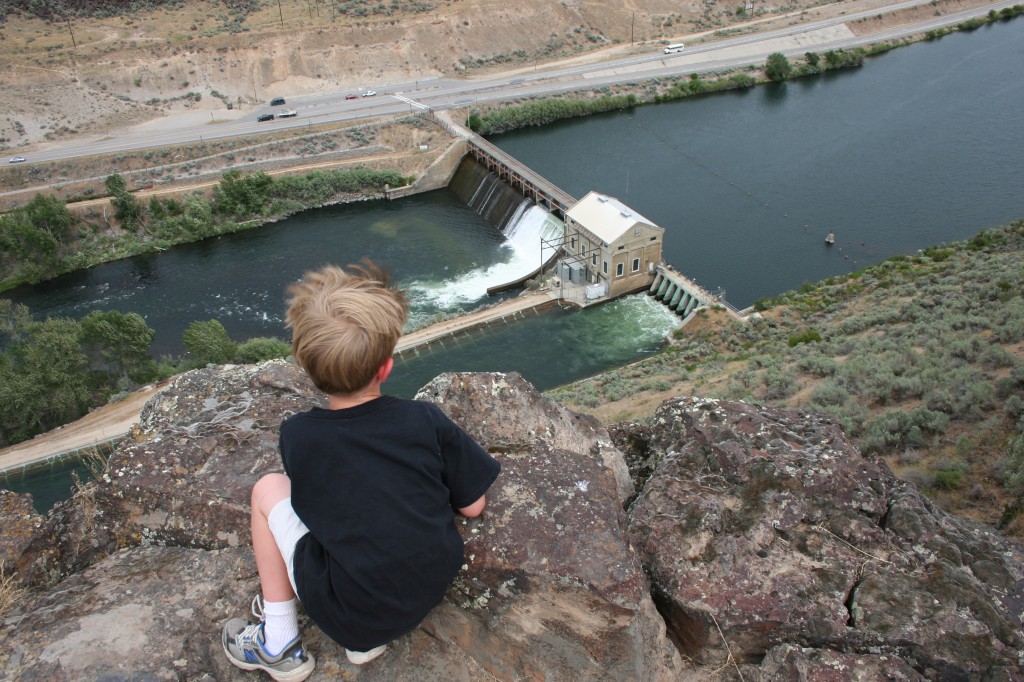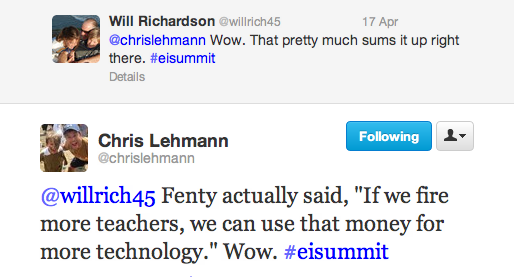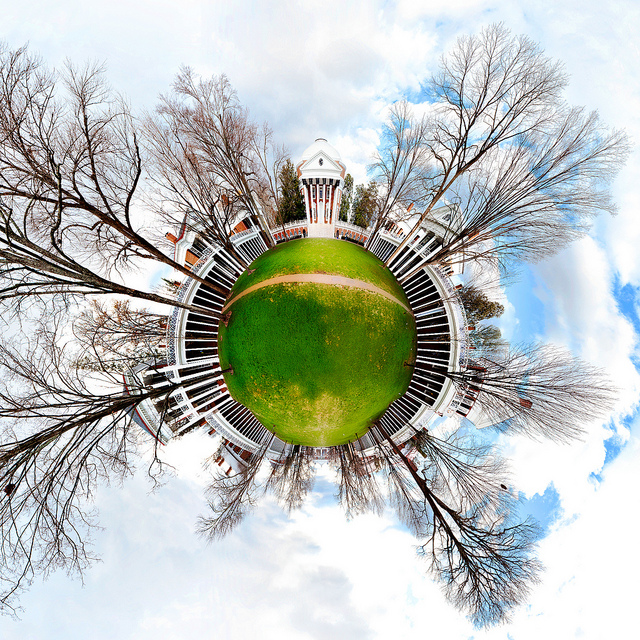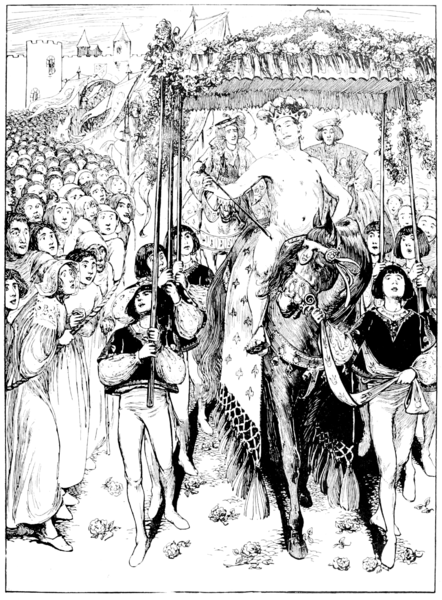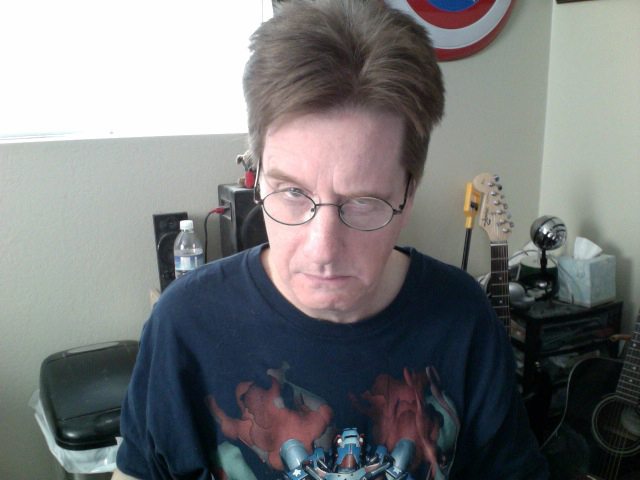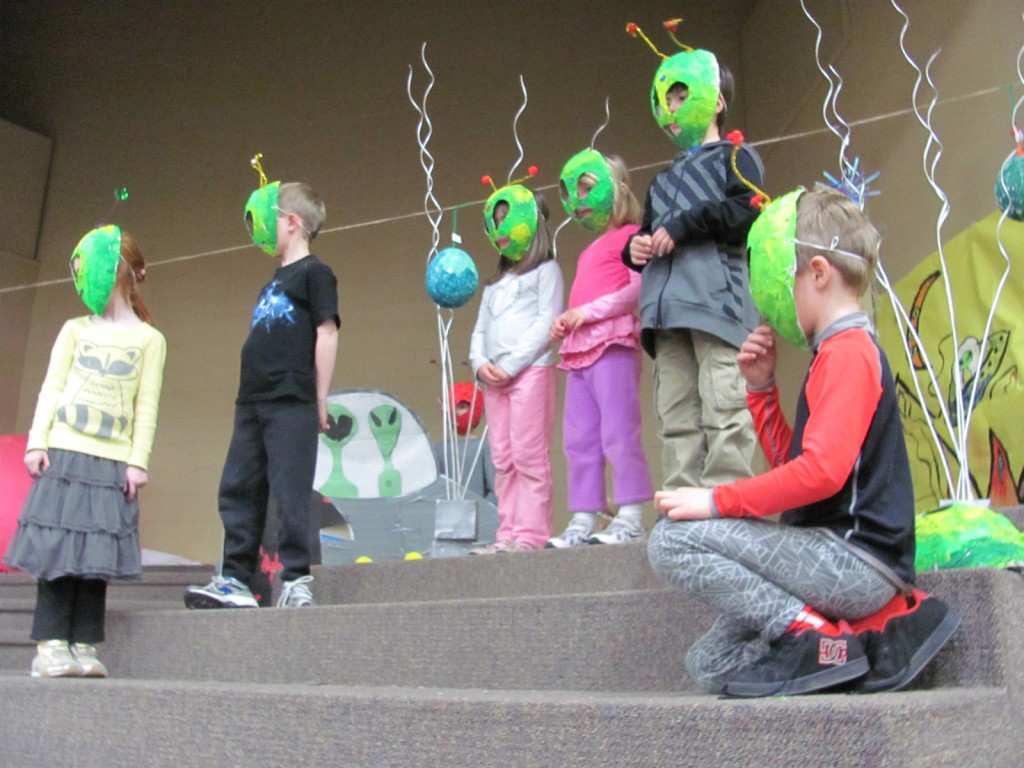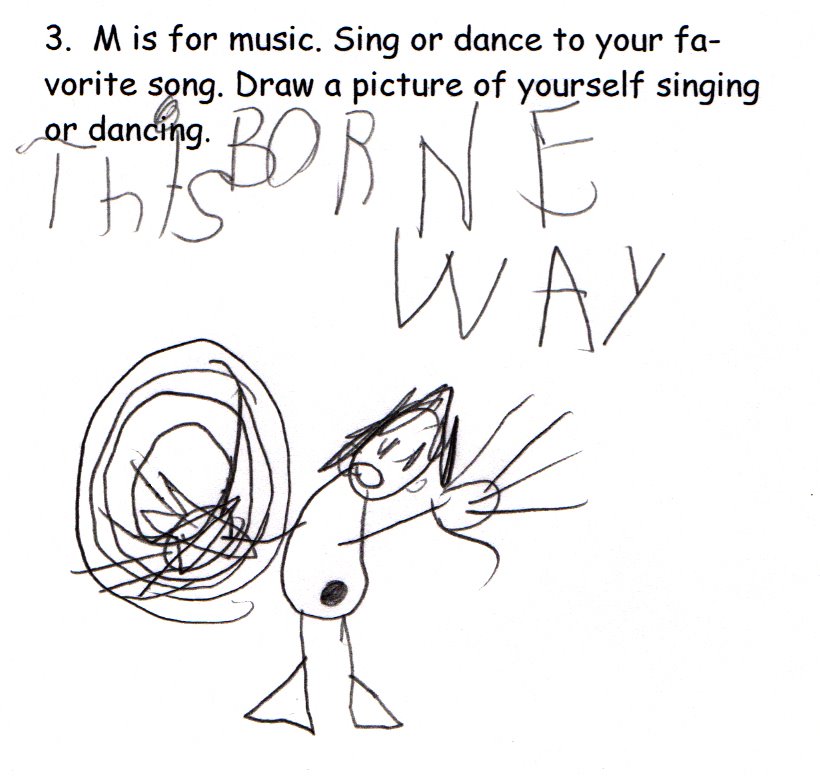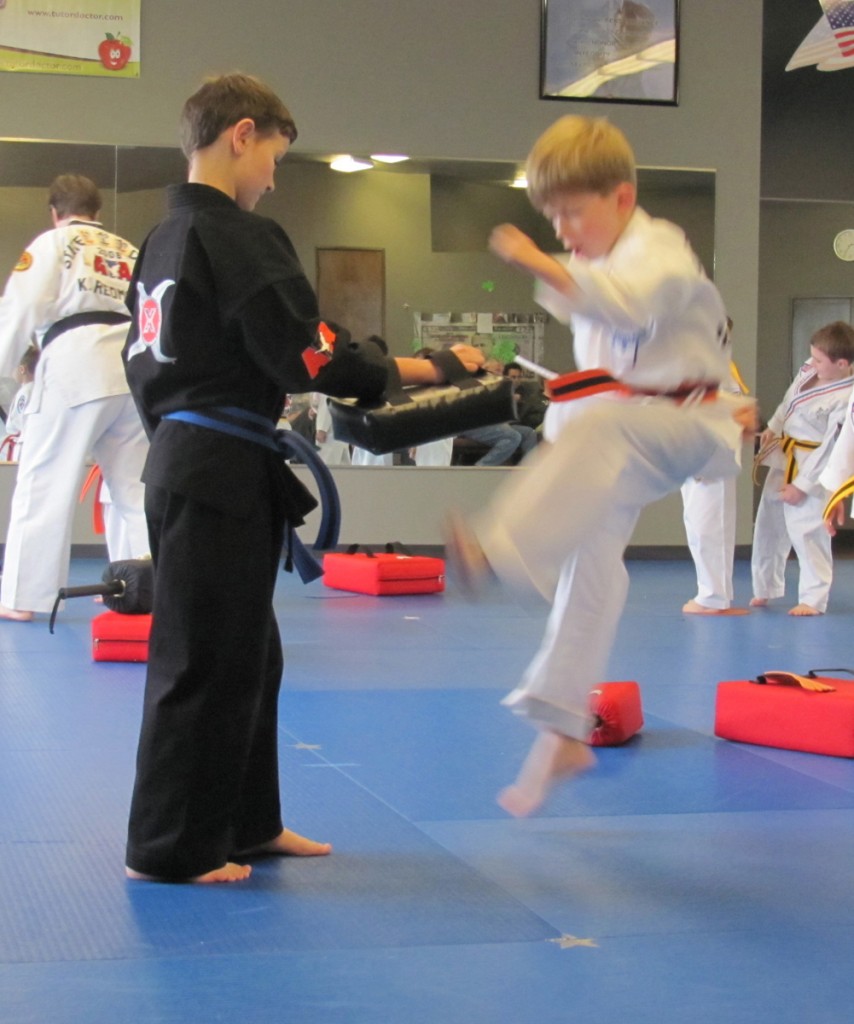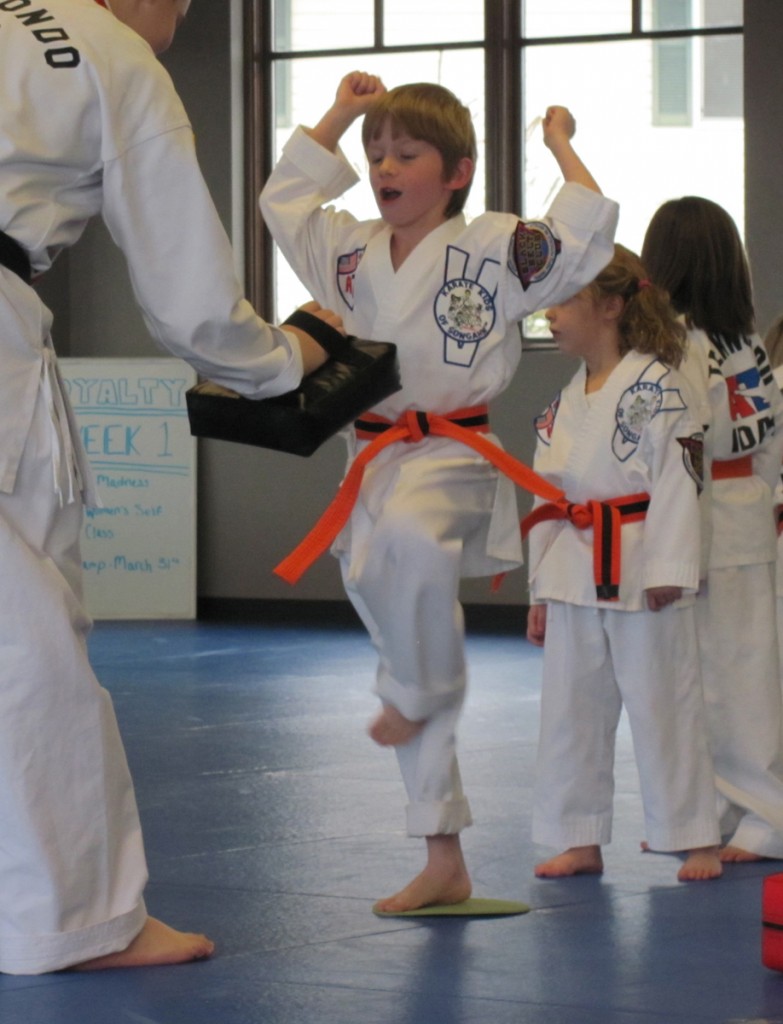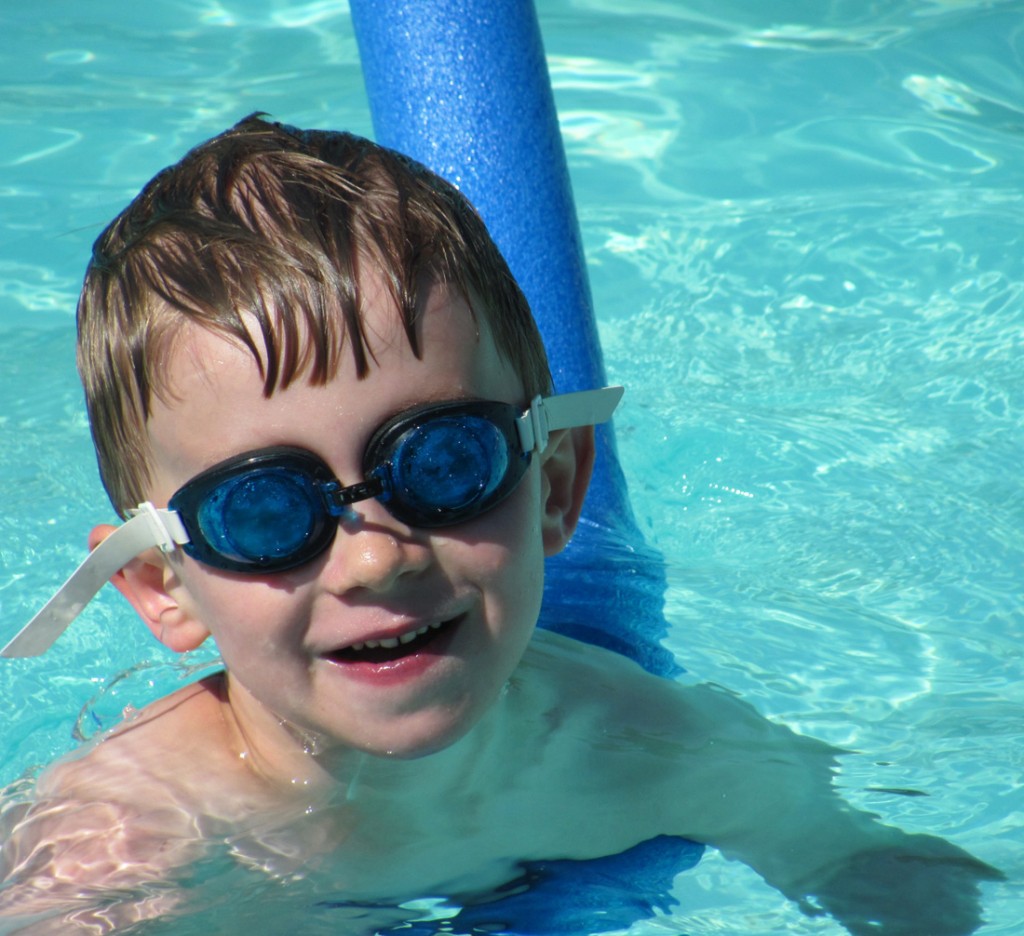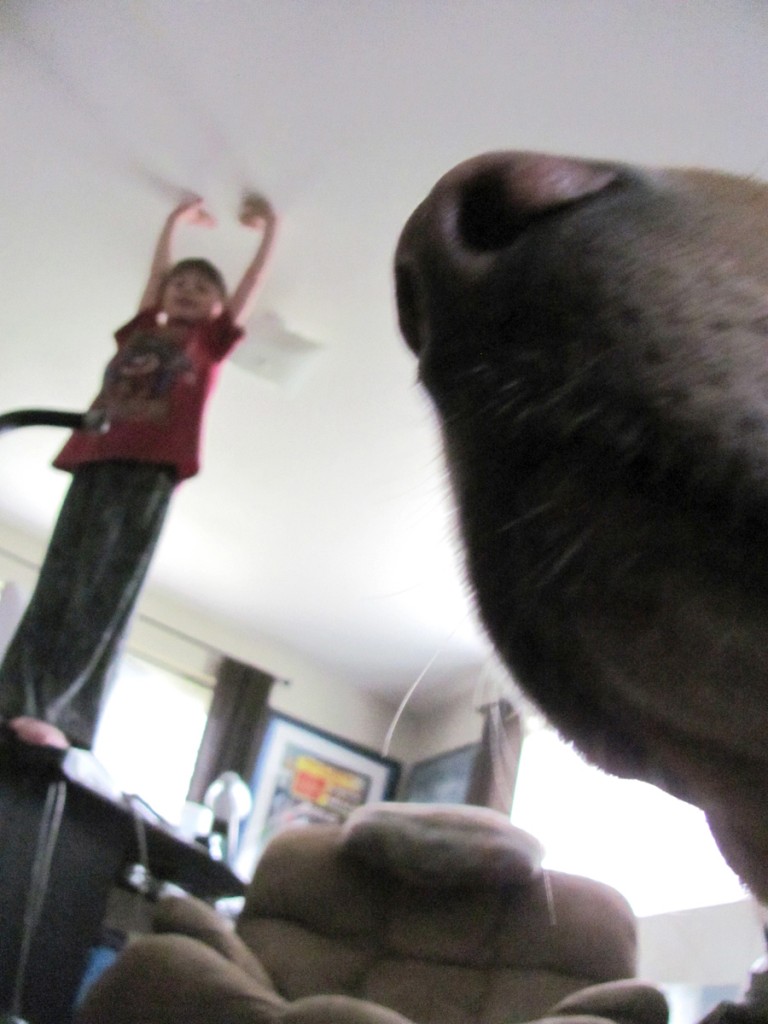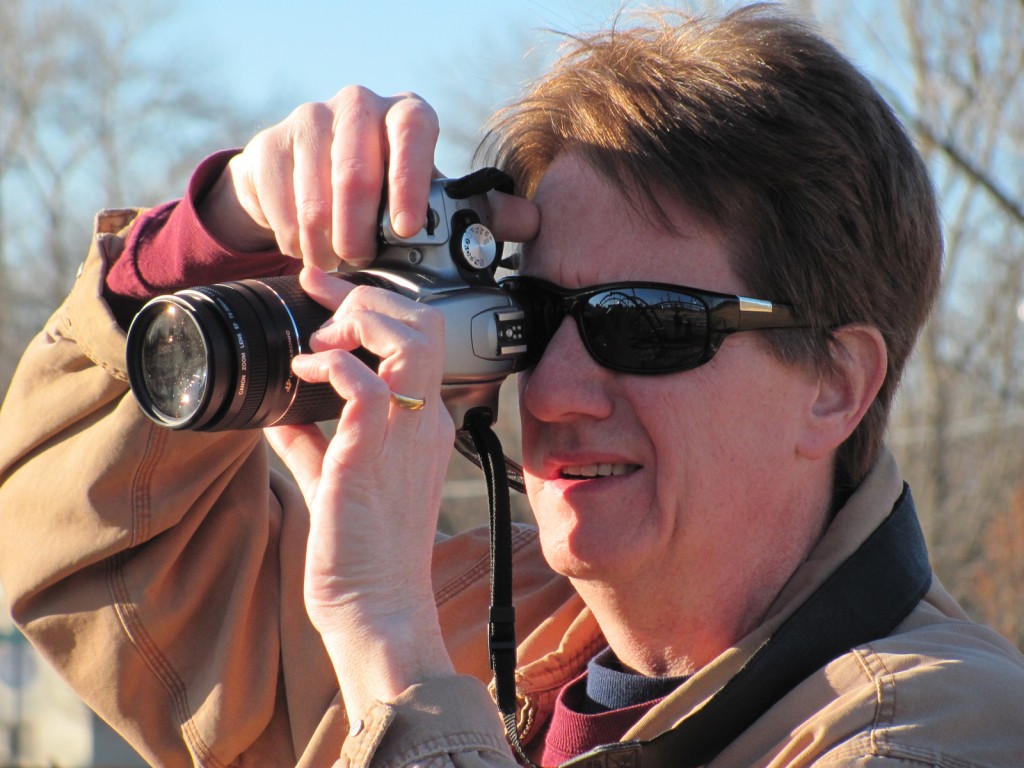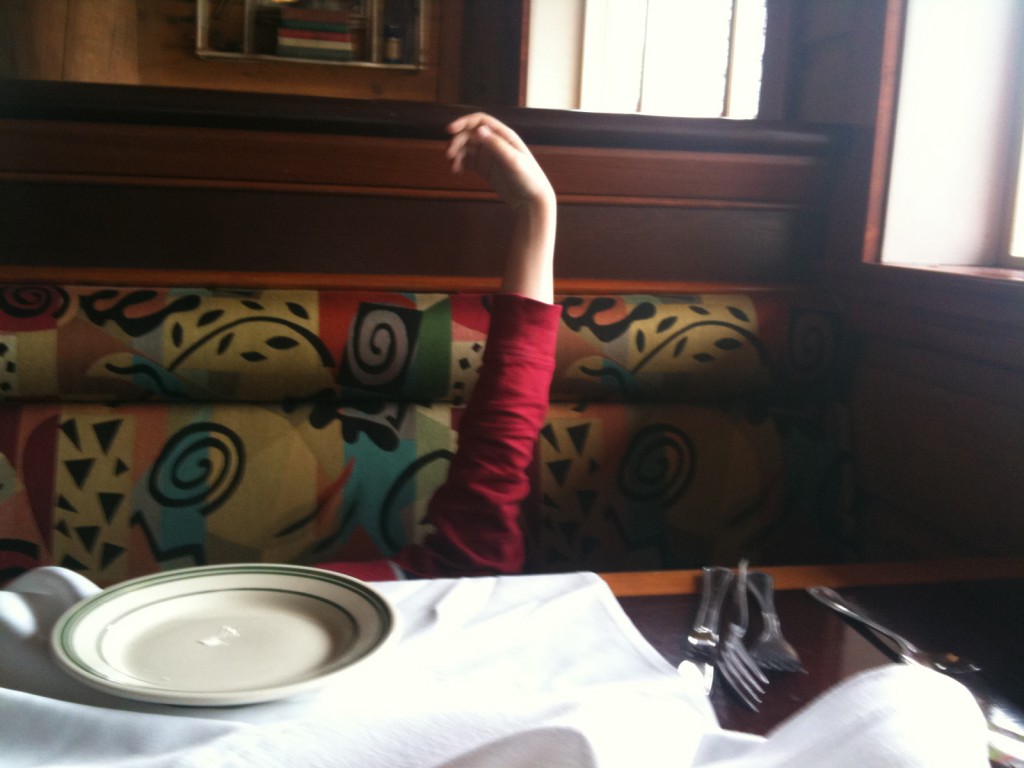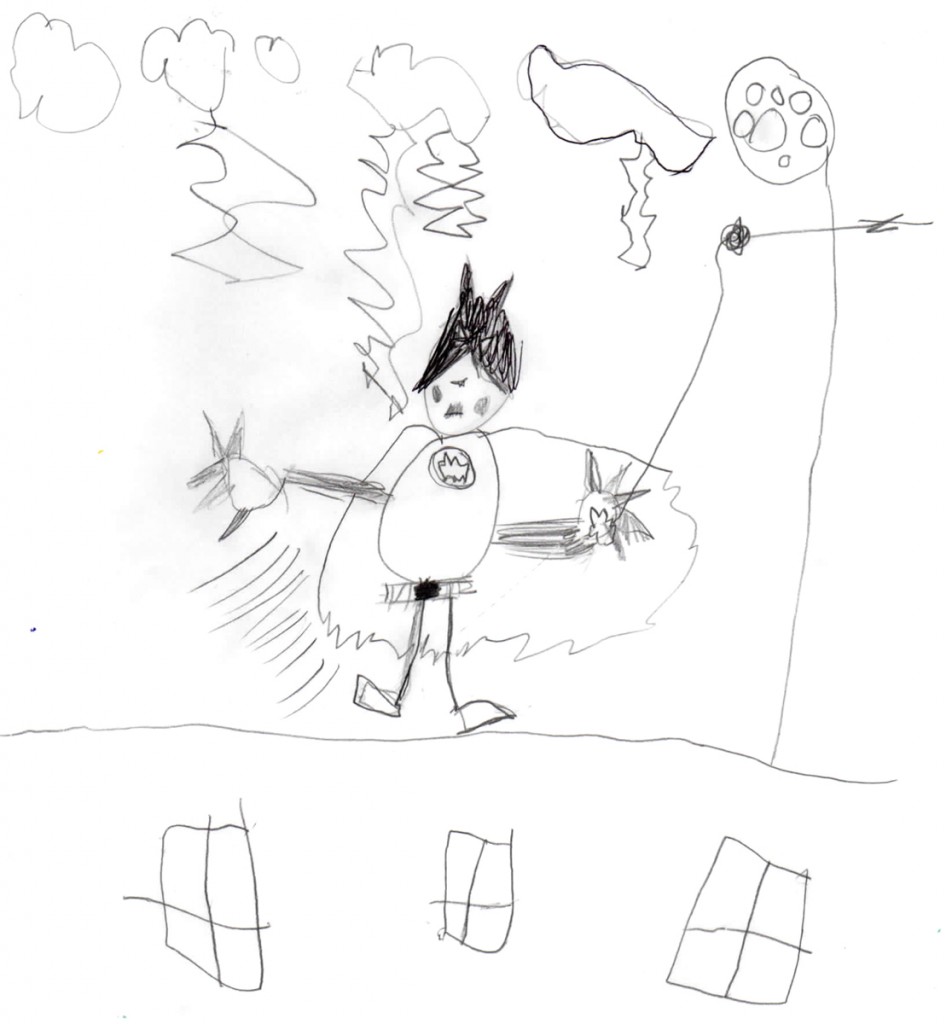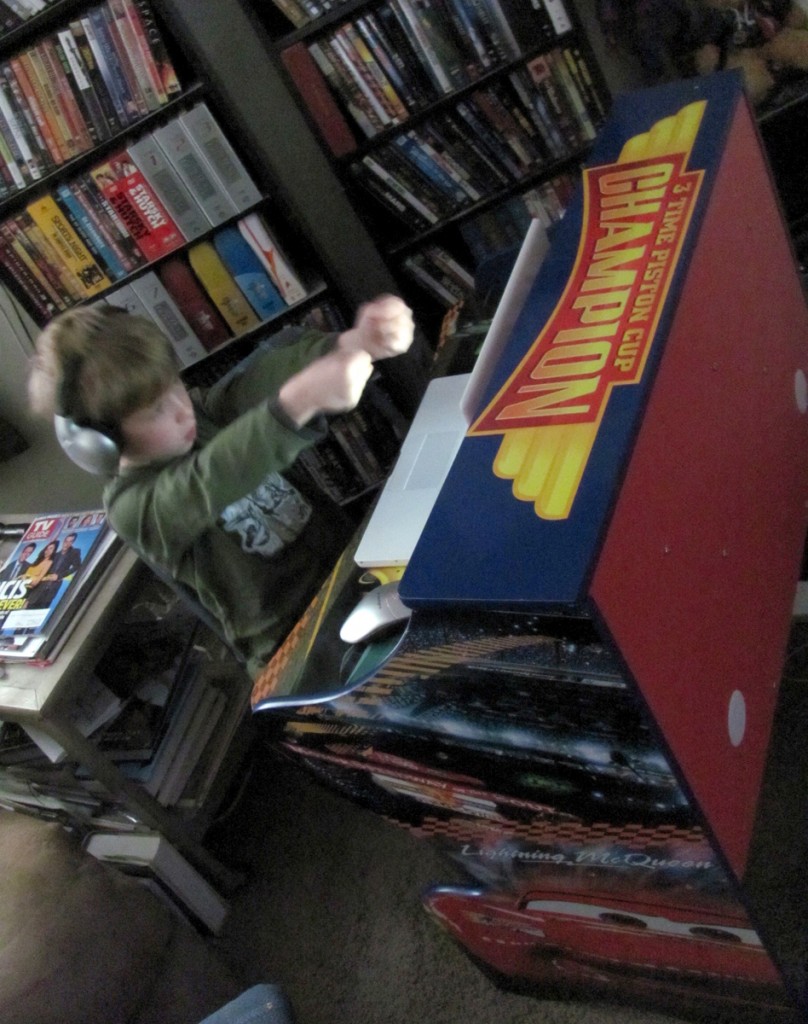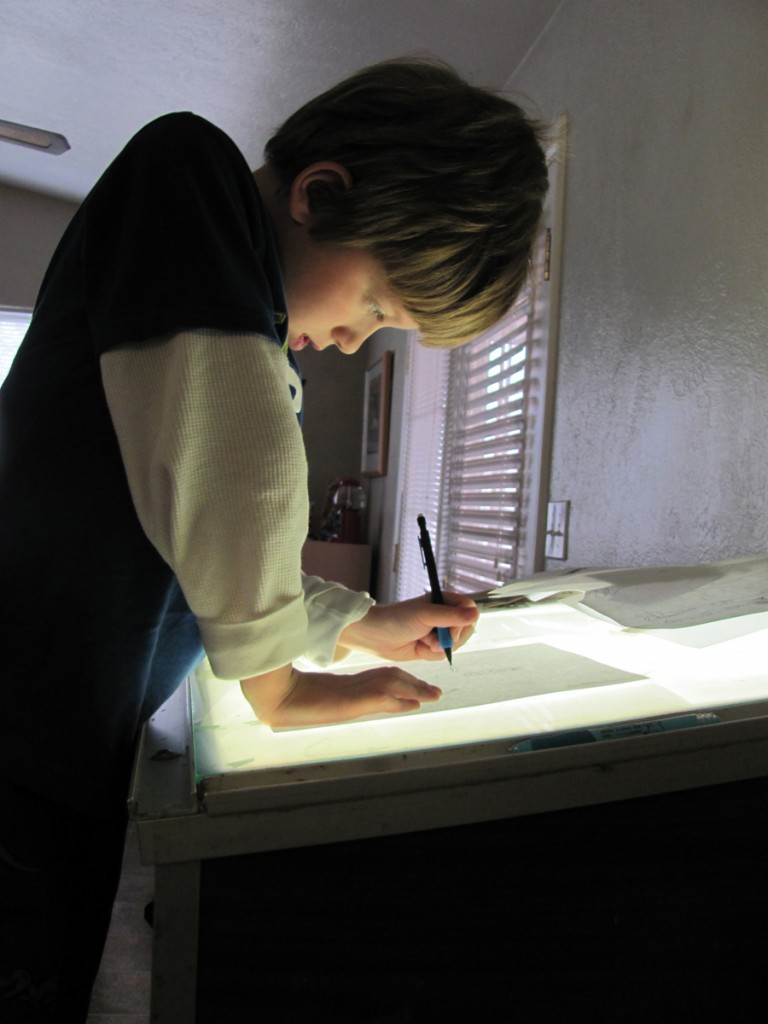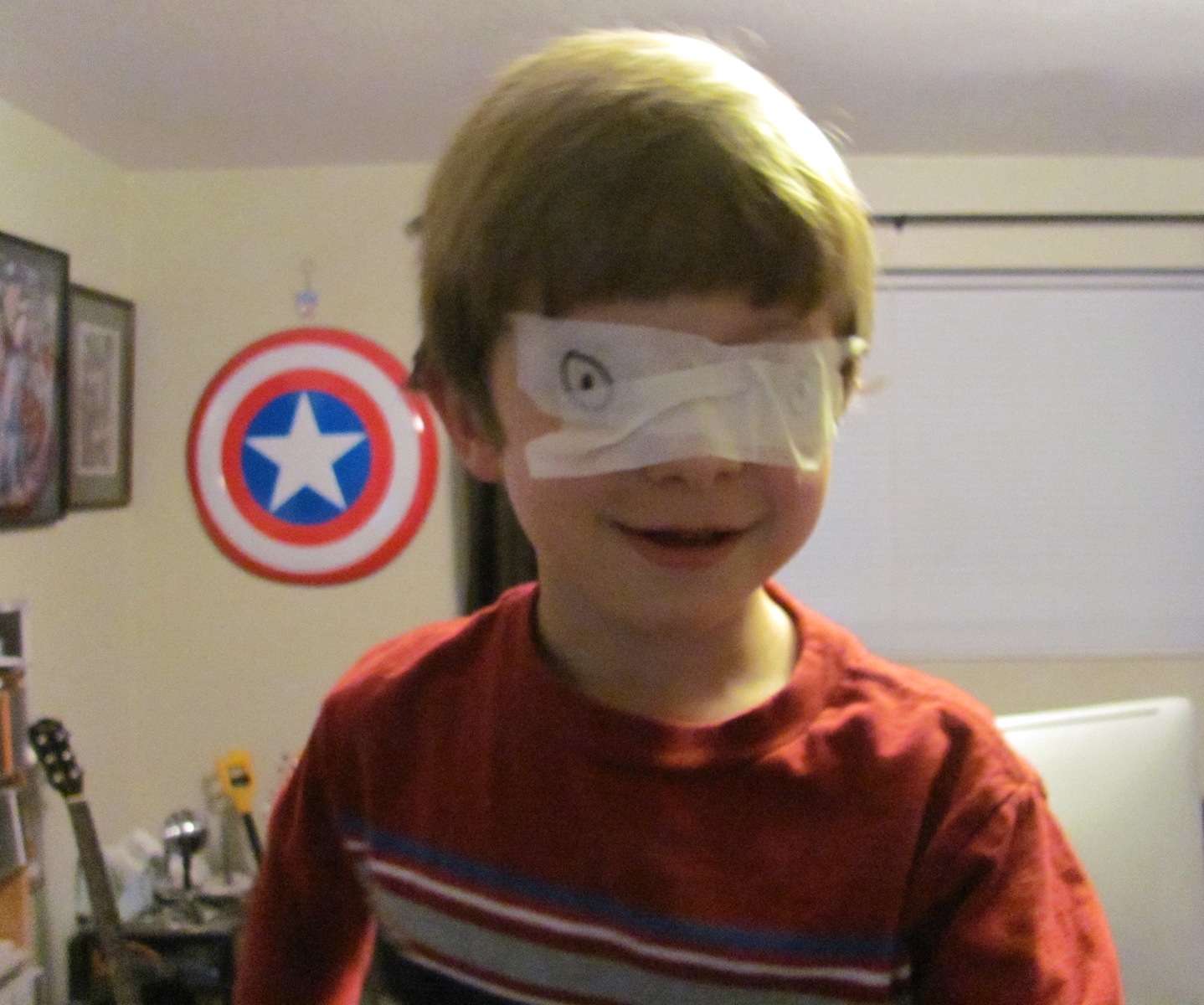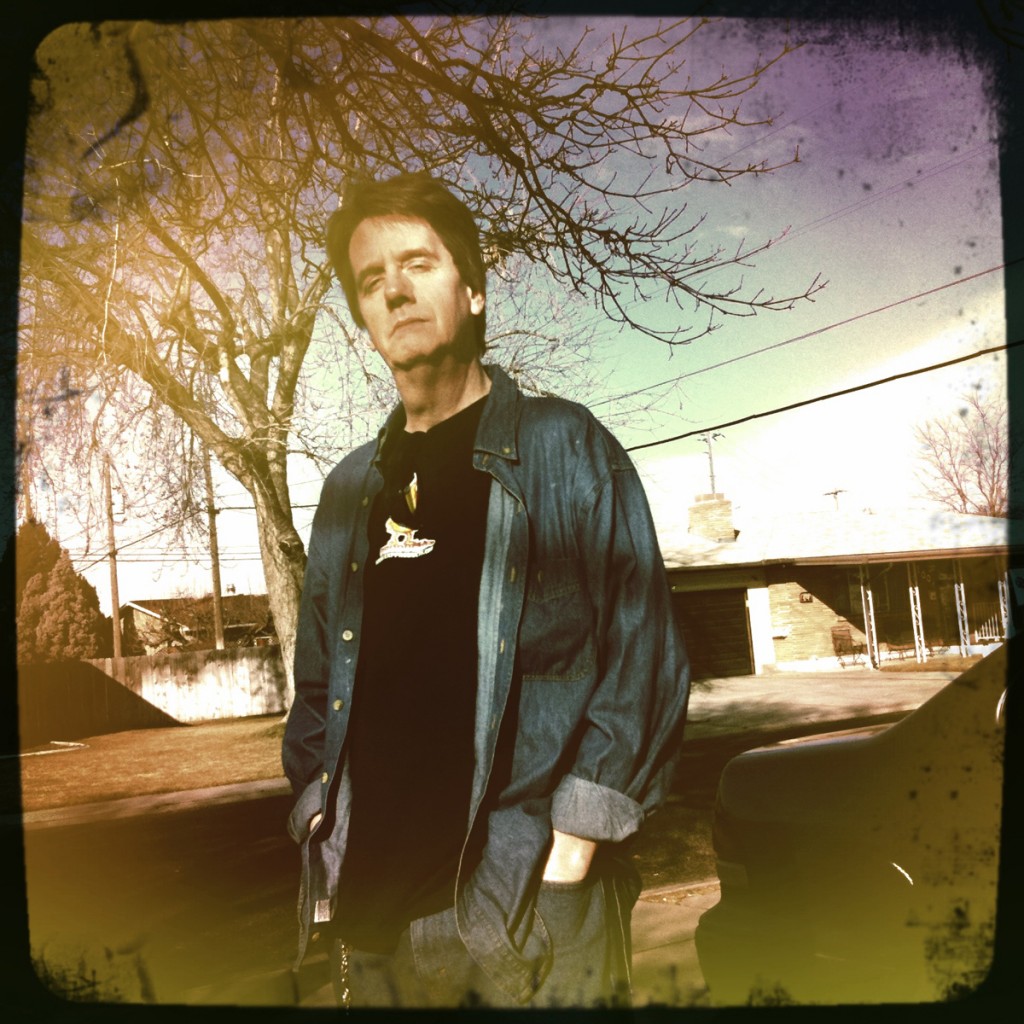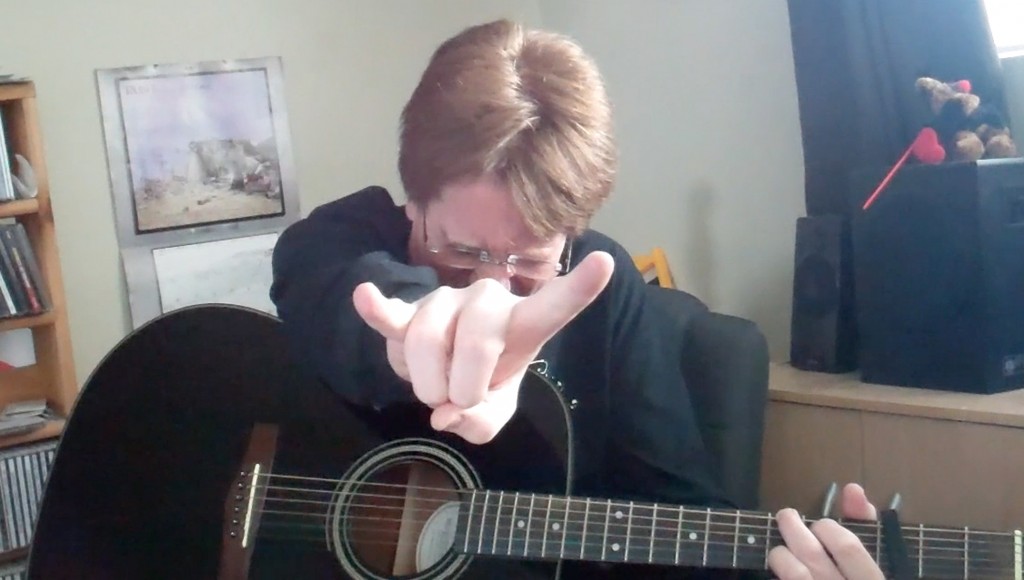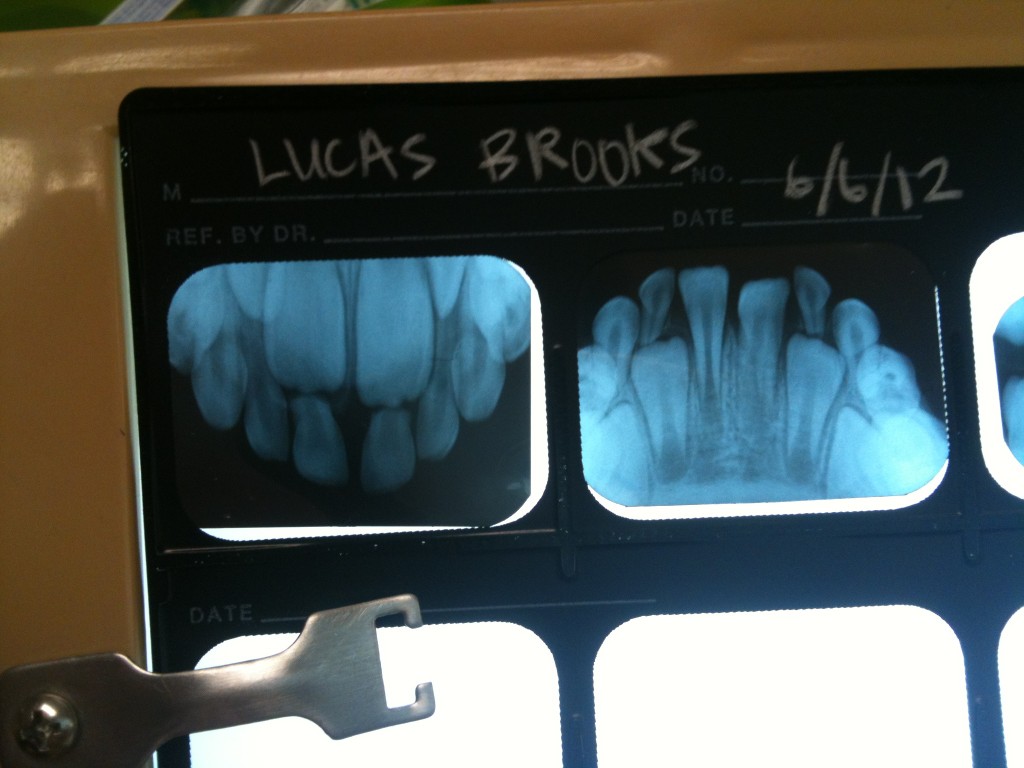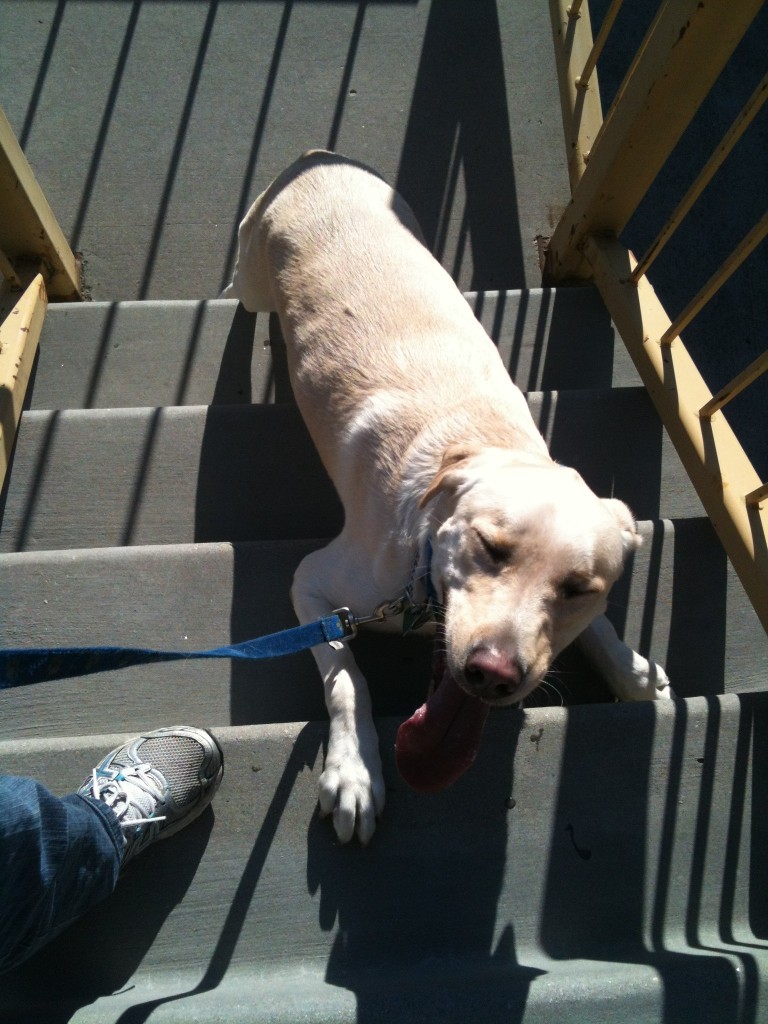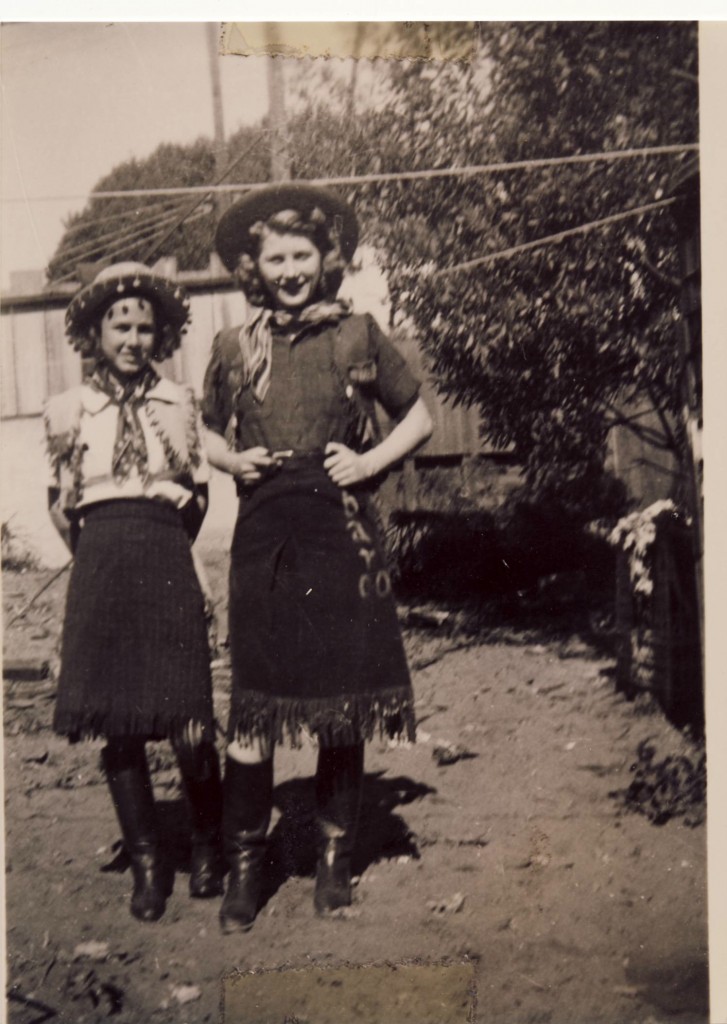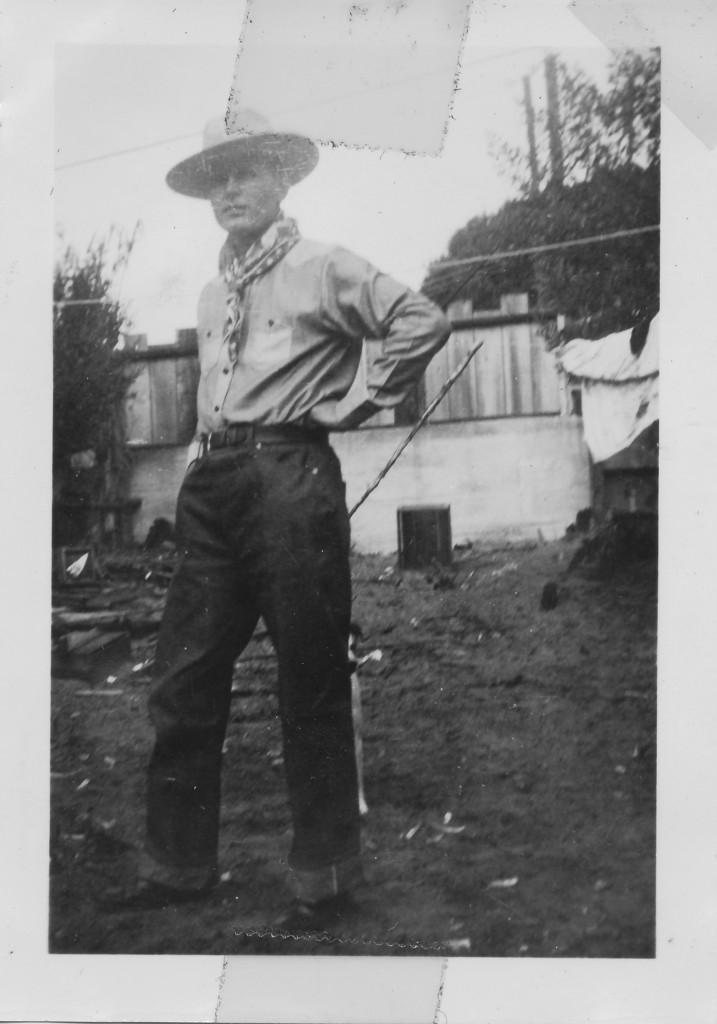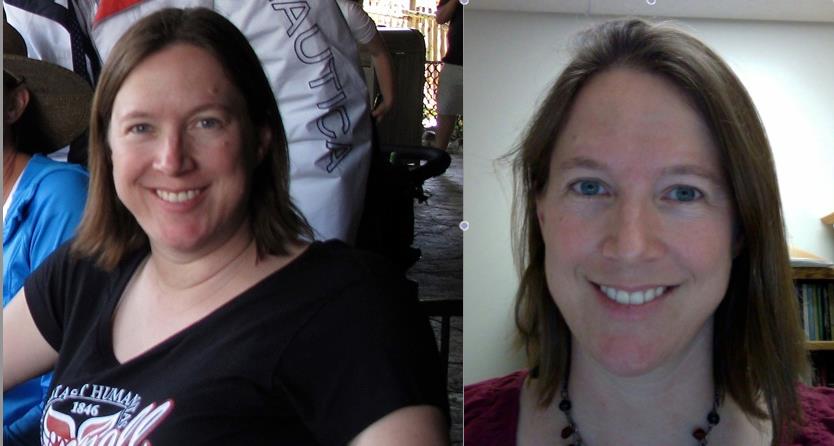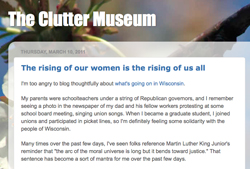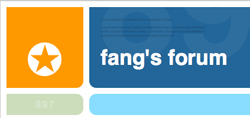This post is a contribution for Hack(ing) School(ing)
What would happen if we made students practice curation—actual curation?
I emphasize actual because “curation” has become a digital buzzword over the past couple years, but it’s been defined pretty consistently to mean not much more than finding, selecting, and sharing resources—mostly online content—with one’s readers. A common objective of this kind of curation, according to content marketing specialists, is to make yourself valuable to consumers who are too busy to find this material, synthesize it, and contextualize it in a way that is useful.
All too often, this kind of curation is driven more by marketing imperatives than intellectual engagement with one’s world and one’s audience. In this essay, then, I’m talking about another whole order of curation, what museum folk might consider “old school” curation. Really, though, I’m advocating bringing together old school curation with digital tools that allow for creation, contextualization, argument, and engagement.
Critical and creative thinking should be prioritized over remembering content
That students should learn to think for themselves may seem like a no-brainer to many readers, but if you look at the textbook packages put out by publishers, you’ll find that the texts and accompanying materials (for both teachers and students) assume students are expected to read and retain content—and then be tested on it.
Instead, between middle school (if not earlier) and college graduation, students should practice—if not master—how to question, critique, research, and construct an argument like an historian.
California’s history and social science content standards for public schools offer a list of “intellectual, reasoning, reflection, and research skills” high school students should develop in conjunction with their content knowledge (40-41). Here, paraphrased and consolidated, are several of those skills:
- Students analyze how change happens, or fails to happen, over time, and understand that change affects technology, politics, values, and beliefs.
- Students recognize the complexity, and sometimes indeterminacy, of historical cause and effect.
- Students use maps and documents to interpret patterns of migration and immigration, environmental impacts, and the diffusion of ideas, technology, and goods.
- Students connect events to physical and human characteristics of the landscape; analyze how people have altered landscapes; and consider the environmental policy implications of these characteristics and alterations.
- Students evaluate historians’ arguments; identify bias and prejudice in historical interpretations; and evaluate major debates among historians, analyzing authors’ use of evidence.
- Students collect, evaluate, and employ information from multiple sources; construct and test hypotheses; and make arguments in oral and written presentations.
- Students understand past events and issues within the context of the past.
These standards emphasize critical and creative thinking. They ask students to consider more than just documents, including maps and landscapes; draw on primary and secondary sources; investigate the validity of historians’ arguments; and even to question whether we can determine cause and effect. (Contrast these standards with the latest suggestion by Texas Republicans that the state ought to ban the teaching of critical thinking that “challenges [a] student’s fixed beliefs” in schools.)
We could have students develop many of these skills using pedagogy-as-usual: listening to lectures and reading textbooks, looking at a few primary sources, and writing essays. A few students will indeed develop the skills delineated in the California standards through this method. Many more will, if they go on to college, come to me as undergraduates to confess they have always hated history class because it is so boring.
Alternatively, we could have students engage with artifacts, historic sites, landscapes, photographs, memorials, paintings, political cartoons, and actual people, as well as with more traditional documents. We could have them select a topic or theme to research as a class, and then create an online exhibition featuring these objects, places, documents, and more.
It’s time to do away with content standards in favor of thinking standards
The California historical thinking standards I praised above are only a small part of the history and social science content standards. The state—like many—expects students to graduate from high school with a particular body of knowledge. California’s standards document, which encompasses social studies and history from grades K through 12, weighs in at 61 pages, most of which outline specific events, legislation, political figures, and political or economy theories students must “describe,” “enumerate” (list!), “understand,” “analyze,” and “evaluate”—though in the standards the meaning of “analyze” and “evaluate” isn’t clear, as they’re used to describe a broad spectrum of tasks. Here’s a single eighth-grade standard from California:
8.2 Students analyze the political principles underlying the U.S. Constitution and compare the enumerated and implied powers of the federal government.
1. Discuss the significance of the Magna Carta, the English Bill of Rights, and the Mayflower Compact.
2. Analyze the Articles of Confederation and the Constitution and the success of each in implementing the ideals of the Declaration of Independence.
3. Evaluate the major debates that occurred during the development of the Constitution and their ultimate resolutions in such areas as shared power among institutions, divided state-federal power, slavery, the rights of individuals and states (later addressed by the addition of the Bill of Rights), and the status of American Indian nations under the commerce clause.
4. Describe the political philosophy underpinning the Constitution as specified in the Federalist Papers (authored by James Madison, Alexander Hamilton, and John Jay) and the role of such leaders as Madison, George Washington, Roger Sherman, Gouverneur Morris, and James Wilson in the writing and ratification of the Constitution.
5. Understand the significance of Jefferson’s Statute for Religious Freedom as a forerunner of the First Amendment and the origins, purpose, and differing views of the founding fathers on the issue of the separation of church and state.
6. Enumerate the powers of government set forth in the Constitution and the fundamental liberties ensured by the Bill of Rights.
7. Describe the principles of federalism, dual sovereignty, separation of powers, checks and balances, the nature and purpose of majority rule, and the ways in which the American idea of constitutionalism preserves individual rights. (33-34)
As we learned (again) in 2010 when Texas revised its content standards, the construction of state standards can be, and often is, a highly politicized process informed less by sound pedagogy and expert testimony than by parents’ and community leaders’ desires to have their students learn and share their views. (Though once again I’m singling out Texas, both ends of the political spectrum are guilty of this practice throughout the country.) Note, for example, that California’s State Board of Education nominates as founding fathers Washington, Adams, Jefferson, Madison, Hamilton, Jay, Sherman, Morris, and Wilson. Texas’s state board enumerates as founders “Benjamin Rush, John Hancock, John Jay, John Witherspoon, John Peter Muhlenberg, Charles Carroll, and Jonathan Trumbull Sr.,” and asks students to “explain their contributions” (§113.41.c.1.C).
I suspect most readers of this essay could make their own list of favored founders whose political theories should be on any student’s must-know list—and could make a reasonable argument for their inclusion. Yet even if we could agree on which founders students should know about, we wouldn’t come to any consensus on how they should be represented. (Sally Hemings and Oney Judge, anyone?) Furthermore, the depth and breadth of content knowledge called for by some states is astounding; as A Report on the State of History Education points out, state standards documents range from 3 to 580 pages (12). (I’m rolling my eyes at you, Virginia.)
For grown-ups, the kerfuffle over founders is yet another object lesson in how history—and particularly history as it’s taught to K-12 students—is constructed by humans motivated by all kinds of passions and agendas. Yes, in the case of teaching about the early Republic, Americans might agree that students should study the debates surrounding the nation’s founding documents. Beyond that, we’re not going to get much consensus, and it makes sense not just to “study the controversy” over standards, but also to have students craft their own understanding of the past through engagement with a wide range of primary sources and with each other.
State boards of education need to acknowledge both the advantages and liabilities of establishing or subscribing to a canonical narrative of U.S. history or, worse, a pantheon of historical figures. Standards should call on students to develop skills more than to master specific content.
What if we shifted the standards’ primary emphasis from content, and not to just the development of traditional skills—basic knowledge recall, document interpretation, research, and essay-writing—but to the cultivation of skills that challenge students to make unconventional connections, skills that are essential for thriving in the 21st century? Such skills, according to the Partnership for 21st Century Skills, include, but aren’t limited to:
- Learn and collaborate in multicultural and multilingual contexts
- Practice thoughtful and effective civic engagement
- Understand humans’ complex relationship with the natural world
- Create, refine, analyze, evaluate, and share new and worthwhile ideas—while understanding the real-world limits on their widespread adoption
- Demonstrate originality and inventiveness in work
- View failure as an opportunity to learn
- Analyze and understand complex systems
- Identify and ask significant questions that lead to better solutions
- Exercise flexibility; compromise
- Assume shared responsibility for collaborative work
- Evaluate information critically and competently
- Manage the flow of information from a wide variety of sources
- Understand the ethical and legal issues surrounding the access and use of information and technology
- Examine how and why values and points of view are included or excluded
- Understand and utilize the most appropriate media creation tools, characteristics, and conventions
- Use digital technologies (computers, PDAs, media players, GPS, etc.)
- Work effectively in a climate of ambiguity and changing priorities
- Expand one’s own learning and opportunities to gain expertise and demonstrate initiative to advance skills toward a professional level
- Reflect critically on past experiences in order to inform future progress
- Set and meet goals, even in the face of obstacles and competing pressures
- Leverage strengths of others to accomplish a common goal
- Act responsibly with the interests of the local and global community in mind
Curation—again, old school curation—allows for these skills to emerge. Because of declining museum funding, small and mid-sized history museums seem to be hiring fewer curators, instead collapsing curation into the functions of two very different departments: collections management (registration and conservation) and education (programming and exhibition development). By learning the processes that constitute contemporary curation, then, students will need to consider how and why artifacts and ephemera are valued and preserved as well as how best to interpret such objects for audiences ranging from kindergarteners through senior citizens. They’ll learn how museums prioritize collections, conservation, exhibition, and educational programming in an age of extremely limited budgets. They’ll have to consider the perpetual triage of artifact conservation in the worlds of underfunded nonprofits and state agencies charged with cultural resource management. They’ll have to reflect on how to contextualize sometimes controversial objects for diverse stakeholders and communities.
Again, I want to emphasize that curation—despite its popularity as a term among internet marketers and the digerati—is so much more than selection and sharing. That doesn’t mean, however, that the digital sphere doesn’t offer marvelous opportunities for research, collaborative writing and editing, publication, and engagement. There isn’t space here to enumerate all the tools available to students—suffice it to say they are legion and ever-changing. Some examples include digital audio and video recorders, smartphones, tablet computers, laptops, blog platforms, database management software, spreadsheets, image and video editing suites, word processing software, digitized document repositories like the Footnote.com and Ancestry.com, document sharing solutions like Dropbox, social networks that students can use to find and contact experts in any topic, and project management sites.
What specifically might students learn from crafting an online exhibit? Let’s say, for example—as did my students this past semester*—they draw on the collections of a local museum and build an online exhibition in WordPress.
- organizing a large research project
- figuring out what questions they should ask
- finding, analyzing, and evaluating sources—primary and secondary—on a subject that perhaps has not yet been adequately addressed by scholars or curators (or anyone else)
- photography, perhaps in the limited light of a collections storage facility, and photo editing
- ownership of objects and images of them, and securing permission to use them
- the basics of artifact handling, treatment, research, and care
- interviewing historians or oral history informants
- interpreting a large and complex subject for a general audience
- website planning and deployment
- collaboration—editing, divvying up work, compromising, and more
- evaluating the utility of mobile devices for group work and public history applications (Each of my students was loaned an iPad 2 for personal and class use for the semester.)
Training teachers for this new paradigm means new priorities within the history major
Just as teachers-in-training need to learn the best methods to teach content, they need to be taught how to encourage critical and creative thinking in their students. Of necessity, then, I’ve been approaching my own teaching of the survey courses—required for future history teachers—with a lesser emphasis on dates, events, and individuals (about whom I remember and know very little from my own limited history education) and a greater emphasis on larger trends and the skills used by historians. My students are learning some content—instead of a textbook, I use a primary-source reader in which the sources are accompanied by commentary by historians—but they’re learning it as they perform analysis and synthesis, not before.
So, for example, I don’t have them read them about Puritan conceptions of salvation and then give them photos of headstones and ask them to explain how the headstones reinforce Puritan ideas. I have them undertake Prownian analysis (description, deduction, speculation, research, and interpretive analysis) of children’s headstones and furniture (e.g,. a walking stool); perform close readings of children’s literature and Puritan poetry, letters, and sermons; and build an argument concerning Puritans’ beliefs about children’s salvation. As they craft this argument, they must evaluate the usefulness of, as well as synthesize their findings from, these sources, along with earlier ones from the course. The whole exercise is done in small groups, followed by discussion among the entire class.
In short, if we’re talking about Bloom’s taxonomy, I’m dragging my lower-division students immediately to analysis, synthesis, and evaluation, skipping over basic knowledge acquisition, comprehension, and application. Furthermore, I’m modeling what I see as best practice in secondary teaching, even though I’m working with first- and second-year undergraduates.
To move beyond the era of content standards, we need to acknowledge—and convey to our teacher candidates—that one need not be an expert in a content area in order to teach it. We already see this attitude in English classes, where the literary canon has been in flux for some time. As an English teacher, I wouldn’t need to be an acknowledged expert on, or even a specialist in, Huckleberry Finn to teach it to junior high school students. Instead, I’d need to know how a novel works; I’d need to know how plot, characters, conflict, and other literary devices combine. Knowing the history is necessary, too, but information about what was going on in the U.S. at the time Twain wrote his novel is only an internet search away. I need not have learned it at some fixed point way back in tenth grade and filed it away until I required it in my own classroom teaching.
Similarly, as a history teacher, I don’t need to have committed to memory all the players in the nullification crisis of the late 1820s; instead, I need to have a basic grasp of the concept of states’ rights, access to primary sources, and the ability to ask thoughtful questions that connect the primary sources with states’ rights and related concepts. I hand the primary sources (including artifacts, of course) and questions to my students, and if I have taught the students well to examine primary sources, a lively conversation ensues. If students have questions I can’t answer, I ask them where they might research the answers to those questions themselves.
Training teacher candidates how to be curators of digital exhibits on any number of subjects reprioritizes investigation, close reading, analysis, interpretation, and engagement as key skills for a historian—and, I’d argue, for active twenty-first century citizenship.
We must proceed thoughtfully toward digital curation
We have digital tools at hand to effect these changes—and the tools are affordable and multitudinous. That doesn’t mean, however, I’m a cheerleader for the rapid deployment of ed tech-as-usual. As Audrey Watters has highlighted, educational technology is too often perceived by administrators and entrepreneurs as an efficient and low-cost means of content delivery. I’ve been profoundly disappointed in how digital learning has been conceptualized in both higher and K-12 education in my home state of Idaho and beyond, as I suspect it will contribute to declines in cultural literacy and critical thinking and deprofessionalize K-16 faculty in ways that will prove dangerous to civic life.
Teaching both teacher candidates and students the skills essential to curating an excellent digital exhibition—one that provokes as well as explains, and that invites feedback and interaction instead of being unidirectional—might help to reverse the trend toward McEdTech content delivery.
What are the next steps, then?
Teachers can consider whether they’ve put the content cart before the critical-thinking horse. Do their lessons go beyond knowledge acquisition and basic application, instead moving students quickly to higher-order thinking? Are the lessons, assignments, and activities challenging? Do they leave room for the teacher to learn something from the students, so that students can see the value of the knowledge they are creating?
Teachers also can work to overcome their own anxieties about not being an expert in whatever technology students will be using. Some teachers believe we need to be experts on any such technology; others of us believe we need to show students how to research their options, pick a software platform, and figure out how to complete their project using it. I fall squarely into the latter camp. While middle school students’ digital curation projects might need to be kickstarted with a list of appropriate technologies, high school students and undergraduates should be expected to research, evaluate, and deploy relevant technologies for their historical investigation and interpretation.
Museums can reach out to schools to let them know what artifact collections might be researched and photographed by students. Museum folks, this is a great way to get some of your artifacts interpreted for a much broader audience—particularly those objects that will likely never go on exhibit.
Ed tech entrepreneurs can work with teachers and students to design platforms that allow for critical and creative thinking to emerge from investigations of a broad spectrum of primary sources: architecture, landscape, artifacts, ephemera, audio and video recordings, photos, maps, art, and more. Such software is going to be much more widely appealing and broadly adopted than publishers’ packages keyed to content standards that remain inconsistent from state to state.
Tech journalists can ask harder questions of anyone responsible for designing or adopting ed tech software platforms. How is the software allowing for the development of twenty-first-century skills? How is it inspiring lifelong learning? In what ways does it allow investigation to proceed from a student’s personal interests, and to what extent does it allow students to reach dynamic conclusions based on a synthesis of new material and a student’s existing knowledge?
When, for their book The Presence of the Past: Popular Uses of History in American Life, Roy Rosenzweig and David Thelen interviewed 1,500 Americans about their connections to the past and their uses of history, they found that Americans were not particularly interested in consuming traditional historical narratives. Instead, Rosenzweig and Thelen write,
They preferred to make their own histories. When they confronted historical accounts constructed by others, they sought to examine them critically and connect them to their own experiences or those of people close to them. At the same time, they pointed out, historical presentations that did not give them credit for their critical abilities—commercialized histories on television or textbook-driven high school classes—failed to engage or influence them. (179)
And, in the end, isn’t that what Americans at all points on the political spectrum ought to want—citizens who are curious and willing to engage with each other over the meaning of the past and its interpretation in the present, rather than those who can list the accomplishments of Benjamin Rush, John Peter Muhlenberg, and Jonathan Trumbull Sr.? Curatorial skills allow for critical thinking, creative thought, and civic discourse to emerge.
* At the time of posting this essay on my blog, the exhibition site my students built is still under construction because I continue to work with students on additional content. I expect it to be complete by the end of summer 2012.
